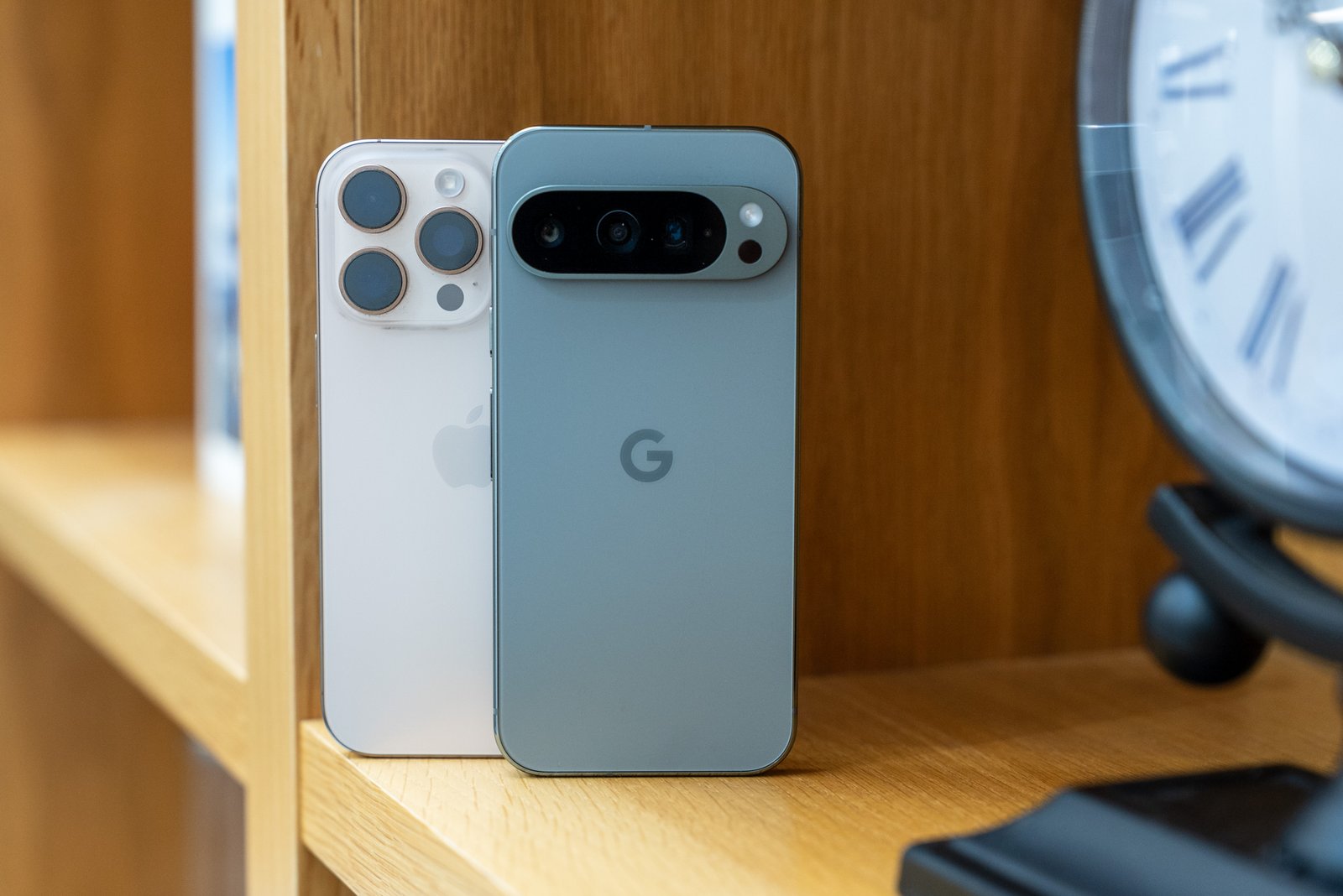“The Tensor inside Pixels is essentially a mirror of Samsung’s Exynos silicon, and so are the problems.” That’s a rough summation of Pixel user sentiments over the past few years.
If you’re a Pixel smartphone user and have encountered problems such as overheating and poor battery, as well as subpar performance when compared against the Qualcomm processors built atop the TSMC stack, you get the gist. Things might change next year, though, for good.
It looks like Google is finally ready to ditch Samsung, and will instead imitate Apple’s approach with custom-designed mobile processors. According to Android Authority, which cites internal documents, Google is also heading to TSMC’s fabrication site next year, following in the same footsteps as Apple and Qualcomm.
For the fifth-generation Tensor processor destined for next year’s Pixel 10 series, Google is reportedly tapping TSMC’s 3 nanometer N3E node. To recall, that’s the same node Apple deployed for getting its M4 silicon, which now powers the iPad Pro and will soon appear inside Macs, too.

Qualcomm’s latest Snapdragon 8 Elite is also reliant on the same stack, and given the massive performance gains it has achieved, the future of Tensor G5 certainly looks exciting. Of course, the custom Oryon core does the heavy lifting and has helped Qualcomm’s claims of one-upping the A18 Pro.
While the Tensor G5 appears set to finally compete with its rivals, it looks like the successor arriving in 2026 will truly go toe-to-toe with Apple. Both companies are eyeing TSMC’s N3P node for the A19 (likely appearing inside the iPhone 18) and Tensor G6 (for the Pixel 11 series), says the report.
Theoretically, shifting to more advanced process nodes means a boost in raw performance as well as energy efficiency. But just how big of a leap one gets, depends entirely on how well the custom engineering work was. In the case of processors, it’s a monumental task.
Let me give you a brief example. Qualcomm’s Snapdragon processors have lagged behind Apple’s A-series processors for the past few years, and they certainly aren’t beating the M-series inside the iPad Pro and Air lineup. This year, the situation has reversed, and the secret sauce is custom cores on the Snapdragon 8 Elite.
Specifically, the Oryon cores. Interestingly, there’s a very strong Apple influence here. Not long ago, Qualcomm acquired a startup called Nuvia, which was formed by ex-Apple engineers who worked on Apple silicon. Nuvia licensed Arm tech to make custom chips.

Following the Nuvia acquisition, Qualcomm also got hold of its intellectual property, specifically the Phoenix cores. It eventually transformed into Oryon, the successor to Snapdragon Kryo cores that are based on Arm’s Cortex design. The first-gen Oryon appeared inside Snapdragon X Elite laptops, which are already beating Apple’s M3 in multiple scenarios.
The second-gen Oryon cores are packed inside the Snapdragon 8 Elite package, and according to Qualcomm, they beat Apple’s mighty A18 Pro. Will Google achieve the same kind of success with Tensor G5 and G6? That remains to be seen.
But TSMC’s process node is noticeably better than Samsung’s Exynos stack, and that is certainly going to reflect on the Tensor G5, and beyond. The ball’s now in Google’s court.
But there’s a big “if” here. Plans can change down the road, and if Samsung manages to pull off a miracle within its semiconductor division and offers a better deal, Google just might stick with its old partner.
I, for one, can’t wait for the next Pixel.













